Vul. Lesi Ukrainky, 01 – Maria Zankovetska Theater (former Skarbek Theater)
The building, which is now occupied by the Maria Zankovetska Theater, was built in 1837-1842 as the theater of count Stanisław Skarbek's foundation. The project of the building was designed by Ludwig Pichl, a Viennese architect, its construction was managed by the Lviv city architect, Johann Salzmann. Stylistically, the building is a typical example of the late Neoclassicism in the version of the Viennese school of architecture. The theater building is one of the largest in Europe, it is an architectural monument of national significance, protection number 1286.
Architecture
The building occupies a large rectangular area, filling a block located between Lesi Ukrainky, Teatralna, and Torhova streets and Svobody boulevard. The layout and composition of the four façades is notable for its strict symmetry, typical of the Neoclassicist style. At one time it was the largest building in Lviv.
The four-storied building is built of brick on foundations made of oak piles. Its façades are plastered, divided by horizontal bars and flanked by symmetrically arranged corner protruded wall sections. In the center of the main (south) façade, there is a monumental Ionic portico, crowned by a pediment, which was previously topped with the quadriga of Apollo. The lateral façades are also decorated with Ionic pilasters. The windows are rectangular, only those on the ground floor are arched and semicircular, with strict Neoclassicist trimmings.
The core of the internal planning structure is a spacious interior of the auditorium, which is located on the central axis, along with the vestibule and the stage block. The building is flanked by two courtyards. Its sections are connected by corridors arranged along the building parallel to the façades. On both sides of the corridors, there are rows of utility premises.
In 1940-1942 a thorough reconstruction of the building was conducted under a project designed by architect Witold Minkiewicz, it was at that time that a movable stage was arranged. The interiors of the vestibule and auditorium were adorned with decorative reliefs made by sculptors Marian Wnuk and Janina Reichert-Toth.
Personalities
-
Stefan Wierusz Niemojowski
– Enterpreneur, owner of a paper factory in Lviv.
-
Joachim Schall
– Enterpreneur, owner of cinemas in Lviv in early 20th century.
- Bertha Kalich (Beylke Kalakh) – Actress.
-
Bohdan Koch
–
One of the leading actors of the Maria Zankovetska Theater, film actor; during the Nazi occupation he was a prisoner of the Yanivsky concentration camp; in the postwar years he was sentenced for anti-Soviet propaganda.
Witold
Minkiewicz — architect who managed the reconstruction of the
building in 1940-1942
Dmytro
Krvavych — Ukrainian sculptor, author of the
medallion portraing Stanisław Skarbek
Johann Salzmann — Lviv city architect who managed the construction
of the theater building
Ludwik Pichl — Viennese architect who designed the theater
building
Marian Wnuk —
sculptor
Stanisław Skarbek — count,
founder of the Skarbek Theater (now Maria Zankovetska Theater)
Janina Reichert-Toth — sculptor
Organizations
Sources
- Lityński M., Gmach Skarbkowski we Lwowie na tle architektury w pierwszej połowie XIX wieku (Lwów, 1921).
- Orłowicz M., Przewodnik po Lwowie (Lwów, 1925).
- Schnür-Pepłowski S., Teatr polski we Lwowie (Lwów, 1889).
- Вуйцик В. С., Липка Р. М., Зустріч зі Львовом (Львів: Каменяр, 1987).
- Пам'ятники градостроительства и архитектуры Украинской ССР, Т. 3. (Киев, 1985).
- Проект “Галіціана”, 2001–2002.
Media Archive Materials
Related Pictures
-
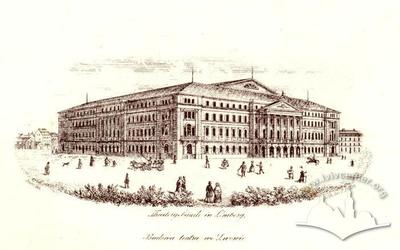 Театр імені Марії Заньковецької
Театр імені Марії Заньковецької
-
 Площа Ярослава Осмомисла
Площа Ярослава Осмомисла
-
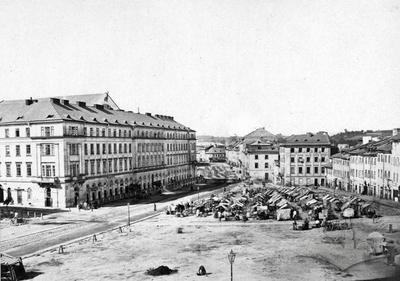 Вид на площу Ярослава Осмомисла
Вид на площу Ярослава Осмомисла
-
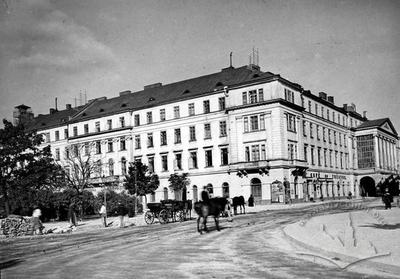 Національний український драматичний театр ім. М.Заньковецької
Національний український драматичний театр ім. М.Заньковецької
-
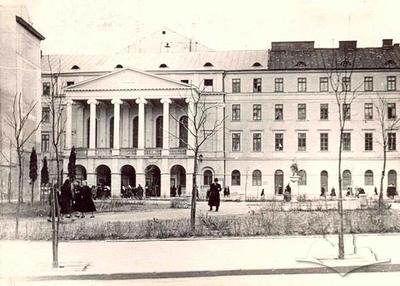 Театр ім. М.Заньковецької та вулиця Лесі Українки
Театр ім. М.Заньковецької та вулиця Лесі Українки
-
 Кавярня "Театральна"
Кавярня "Театральна"
-
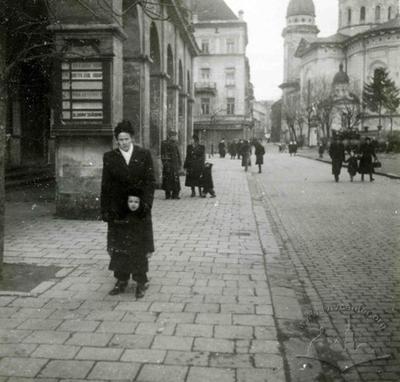 Жінка з дитиною біля театру ім. М. Заньковецької
Жінка з дитиною біля театру ім. М. Заньковецької
-
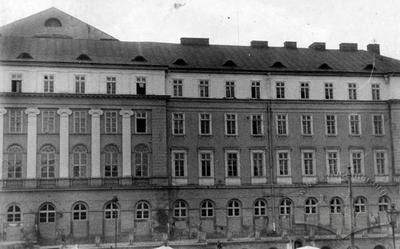 Споруда Національного академічного українського драматичного театру ім. М.Заньковецької з боку пл. Торгової
Споруда Національного академічного українського драматичного театру ім. М.Заньковецької з боку пл. Торгової
-
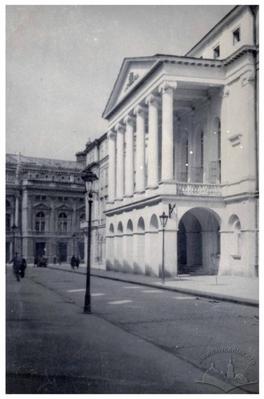 Національний академічний український драматичний театр імені Марії Заньковецької
Національний академічний український драматичний театр імені Марії Заньковецької
-
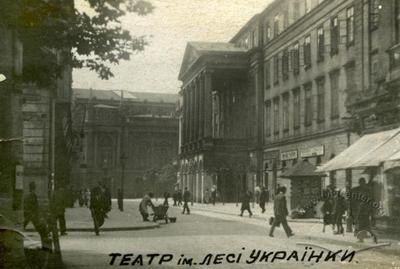 Національний академічний український драматичний театр ім. Марії Заньковецької
Національний академічний український драматичний театр ім. Марії Заньковецької
-
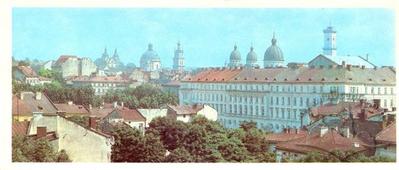 Львів. Панорама міста
Львів. Панорама міста
-
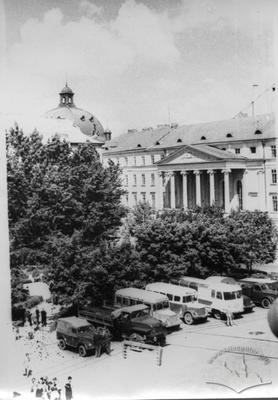 Площа Вічева
Площа Вічева
-
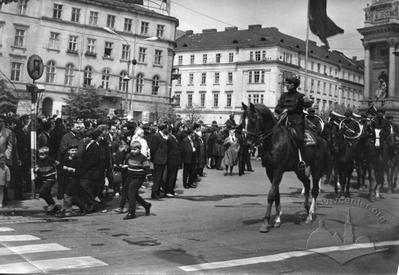 Кінний оркестр
Кінний оркестр
-
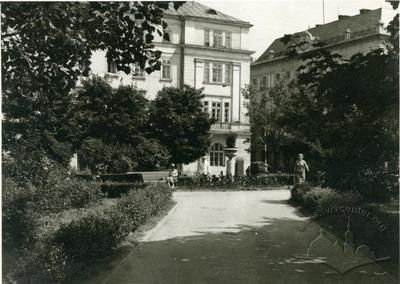 Вулиця Театральна
Вулиця Театральна
-
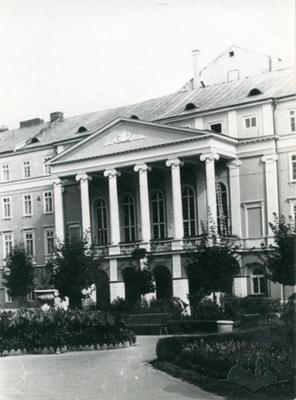 Театр ім. Марії Заньковецької
Театр ім. Марії Заньковецької
-
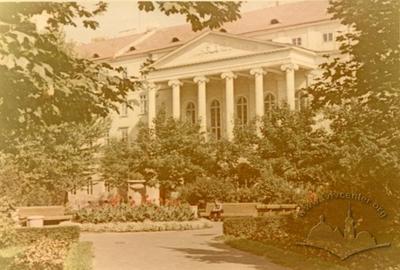 Театр ім. Марії Заньковецької
Театр ім. Марії Заньковецької





























